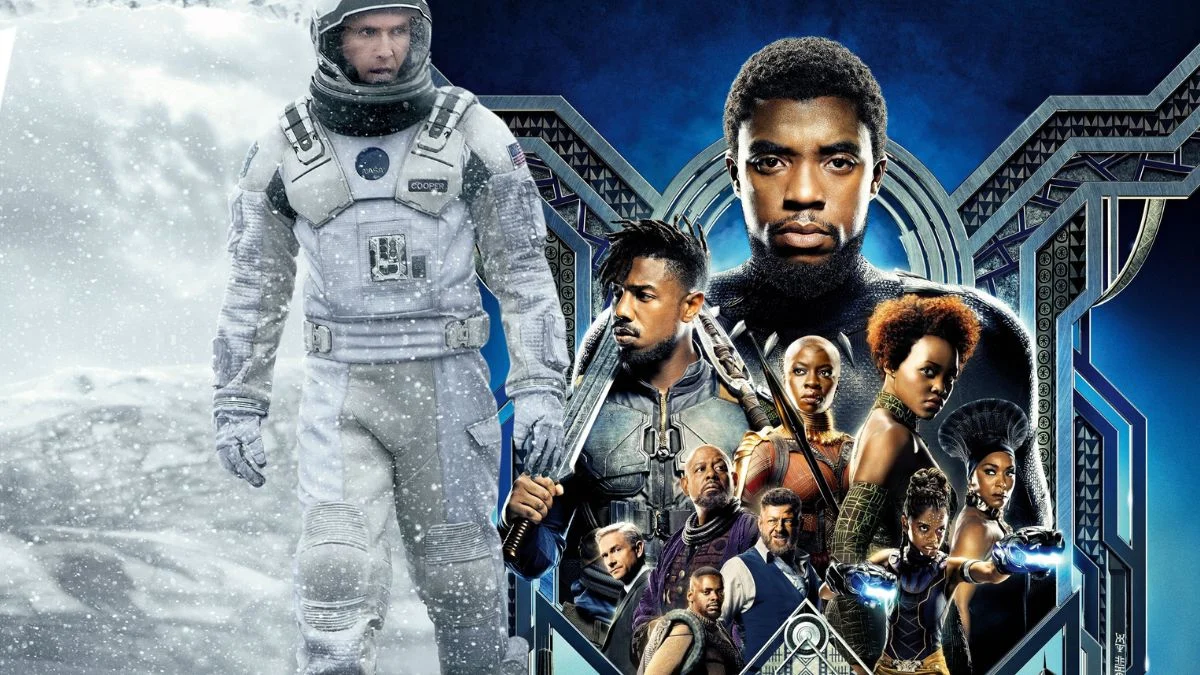
Movie soundtracks often help shape how we feel during a scene or about a character. Some composers go even further, creating music that changes with the story, reflecting a character’s growth or increasing tension. This might involve changes in the speed or the instruments used. The result is a deeply engaging experience where the music and visuals feel perfectly connected.
‘Baby Driver’ (2017)

The movie is cleverly edited to flow with the music the main character is listening to. Director Edgar Wright made sure all the action – gunshots, car chases – happens in time with the soundtrack’s beat. The protagonist uses the music to block out ringing in his ears and concentrate on his risky job as a getaway driver. As the story gets more intense and the danger rises, the music changes from cheerful pop songs to faster, more frantic tracks. This musical shift reflects how the character loses control as his life spirals downward.
‘Inception’ (2010)
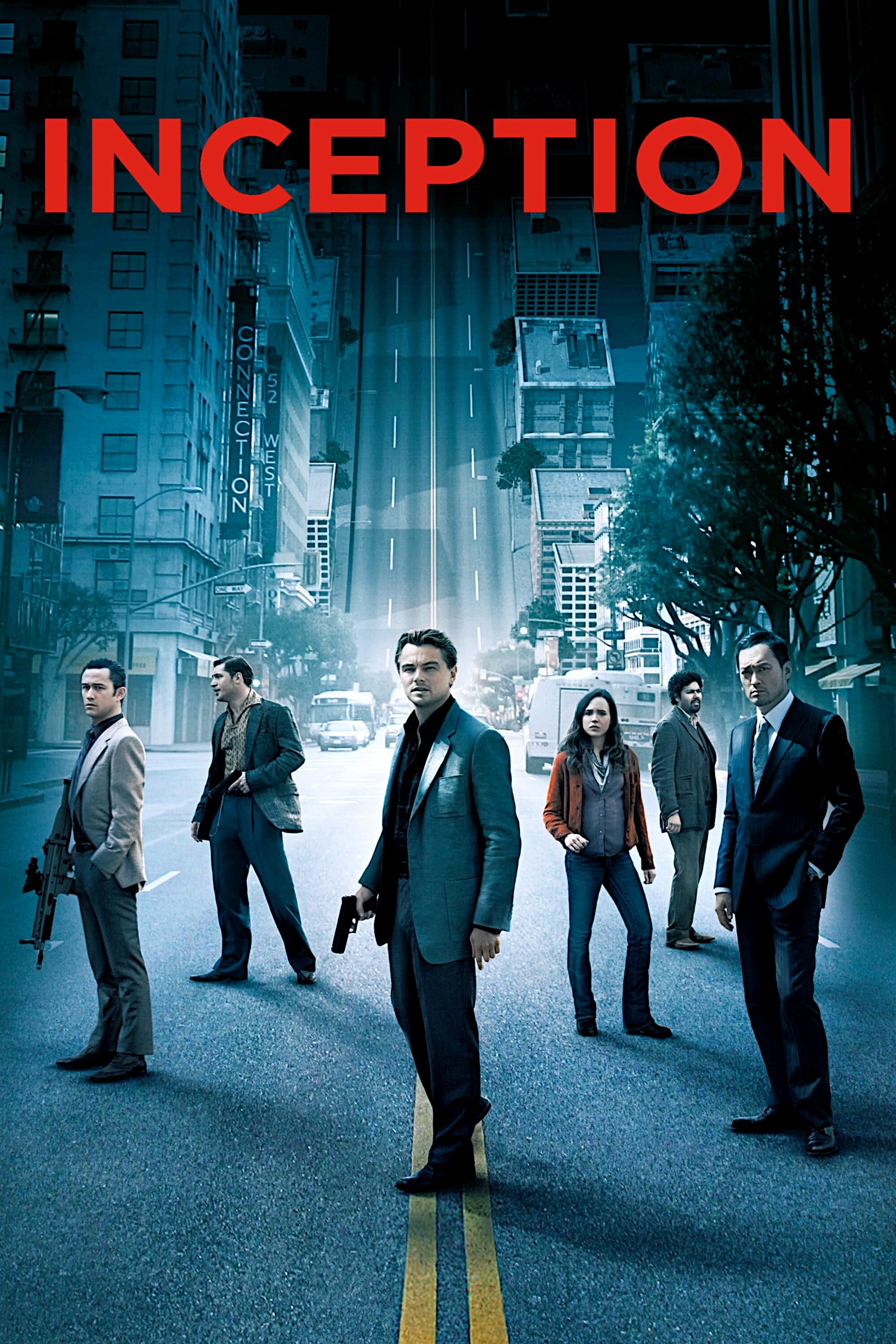
Hans Zimmer’s music for the film is intricately linked to the story’s dreamlike and time-bending elements. He uses a slowed-down version of the song ‘Non, je ne regrette rien’ to emphasize the feeling of time stretching and warping within the deeper dream levels. In the film, the song itself acts as a trigger for characters to wake up. As the dream worlds begin to fall apart, the music swells to reflect their immense scale, and this helps viewers subtly follow the complicated plot.
‘The Social Network’ (2010)

As a film critic, I was particularly struck by the score from Trent Reznor and Atticus Ross. It’s a brilliant piece of work that really charts the emotional decline of the film’s central relationship and the suffocating effect of big business. Initially, the music feels intricate and collaborative, perfectly capturing the energy of those early coding sessions and the genuine connection between the creators. But as the film spirals into legal battles, the score gets colder, more broken up – almost mirroring the fracturing of the friendship. By the end, with our protagonist perched atop his empire, the music is incredibly isolating, relying on these empty, echoing synth sounds. It’s a fantastic example of how music can visually represent a story’s arc, taking us from a hopeful dorm room project to a profoundly lonely success.
‘Birdman’ (2014)

The film’s score is primarily made up of improvised jazz drumming by Antonio Sanchez. The fast-paced, chaotic drumming reflects the main character’s increasingly frantic state as he struggles to put on a Broadway show. As his grip on reality weakens, the drumming becomes more unstable and jarring. At times, the drummer himself appears on screen, blending the music with the world of the film. The constant, driving beat builds a feeling of unease that isn’t relieved until the very end.
‘Interstellar’ (2014)

As a film score fanatic, I’ve always been blown away by Hans Zimmer’s work on this project. He really captured the awe of space exploration, and a huge part of that was his use of a massive pipe organ – it just felt so spiritual and epic! The music beautifully mirrors the story’s journey, starting with quiet, thoughtful pieces when we’re on Earth, and then building to these incredible, booming sounds as they head into space. What’s really clever is how he uses a ticking sound during the intense moments – it’s a subtle way of representing how time works differently out there. As the pressure mounts, that ticking gets faster and faster, really ramping up the tension. But ultimately, the score always comes back to something deeply human, bringing a real emotional weight to the end of this incredible cosmic adventure.
‘Requiem for a Dream’ (2000)

Clint Mansell’s score powerfully reflects the downward spiral of the film’s four central characters. The main musical theme starts as a sad, hopeful tune, but as the characters struggle with addiction, the music becomes increasingly frantic and repetitive, creating a feeling of unease. Harsh, industrial sounds are woven into the score, mirroring the characters’ physical decline. By the film’s most intense moment, the once-beautiful theme has become a terrifying and overwhelming climax.
‘Joker’ (2019)
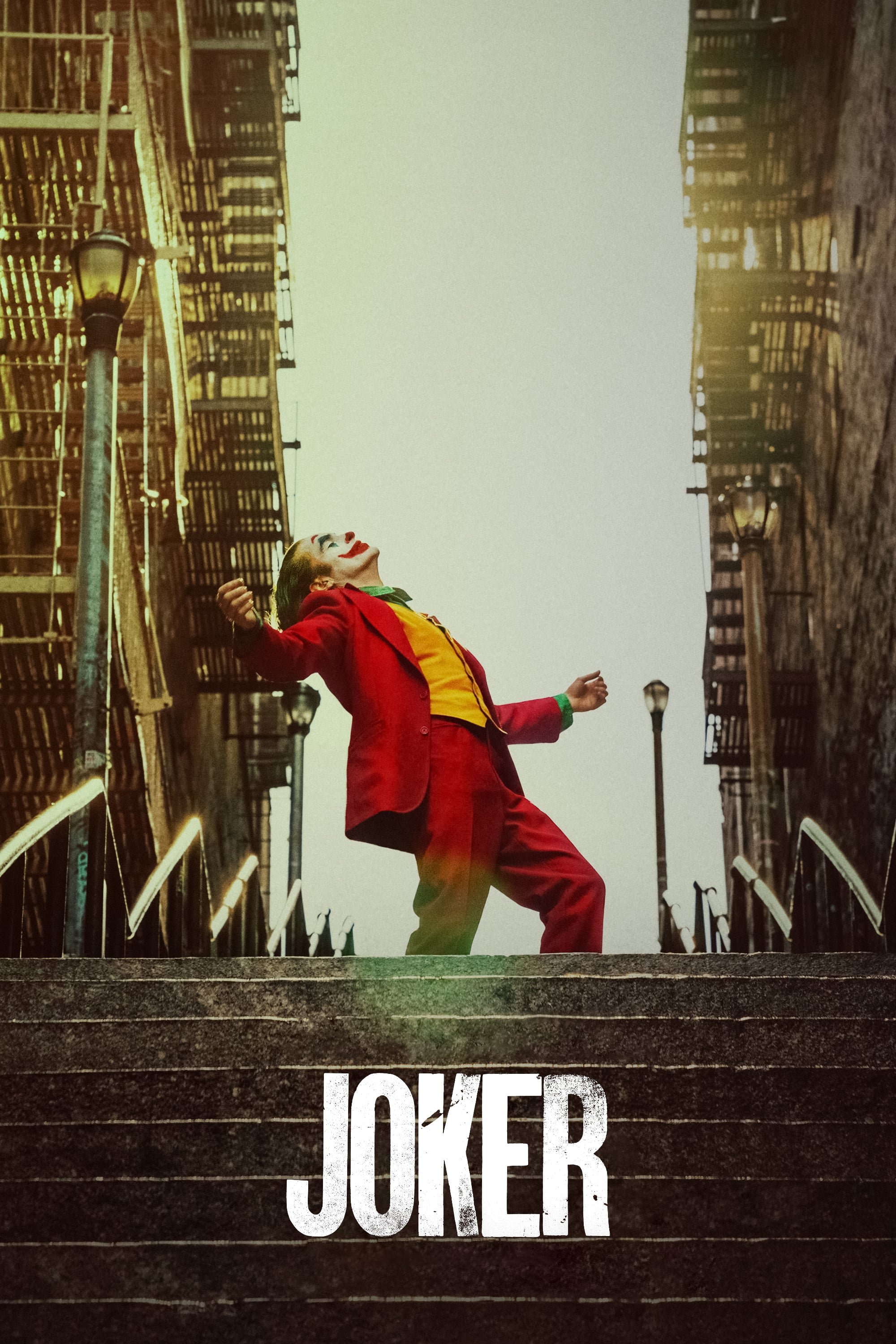
Hildur Guðnadóttir’s music for the film follows the main character’s journey into becoming the Joker, primarily using the cello. The score begins with a simple, melancholic tune, reflecting Arthur Fleck’s initial sadness and isolation. As he gives in to his darker side, the music grows, incorporating a full orchestra to create a feeling of power and scale. The cello, initially quiet and hesitant, becomes stronger and more assertive, mirroring his increasing confidence. This change in the music represents his full embrace of chaos and transformation into the Joker.
‘Arrival’ (2016)

Jóhann Jóhannsson’s music for the film explores themes of language and time using repeating vocal loops and mirrored musical structures. The score intentionally avoids clear starts and finishes, reflecting how the aliens experience time. Unusual vocal sounds are used to evoke the mysterious alien writing system. As the main character learns to understand the alien language, the music becomes more connected and emotionally resonant. Throughout the film, the score reinforces the idea of time as a cycle through its repeating and looping patterns.
‘There Will Be Blood’ (2007)
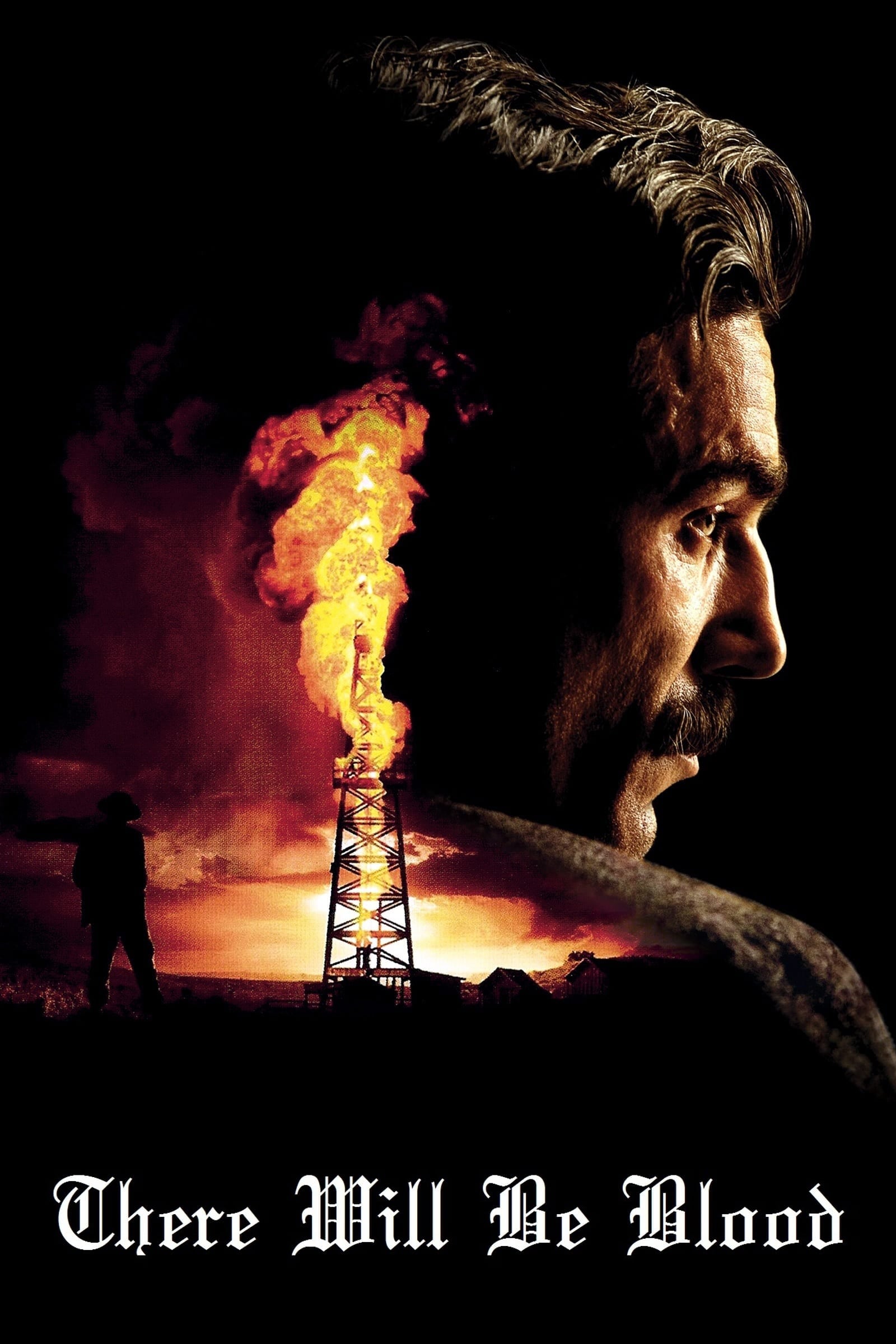
As a film score buff, I was really struck by Jonny Greenwood’s work on this film. He deliberately created a score that feels off-kilter and unsettling, and it’s brilliant because it perfectly mirrors the protagonist’s growing greed. The strings often sound like a swarm of insects or those piercing warning sirens – it’s incredibly effective during tense scenes. What’s fascinating is how the music changes as the oil baron gets richer and more powerful. It slowly loses any sense of warmth or traditional harmony, becoming much more harsh and jagged. It really underscores his descent into becoming a misanthropic and frankly, mad, character. The whole sonic experience just amplifies the bleakness of the setting and the sheer brutality of the man himself.
‘A Clockwork Orange’ (1971)

Wendy Carlos’s innovative use of synthesizers to recreate Beethoven’s music created a unique sound – both elegant and strangely artificial. In the story, the main character’s love of classical music is contrasted with the unsettling electronic effects, reflecting his flawed character and the film’s futuristic world. During a form of therapy, the music he enjoys is deliberately used to make him feel sick. The soundtrack intentionally undermines the beauty of the original pieces, mirroring the film’s exploration of whether or not we truly have free will. This contrast results in a consistently disturbing and uneasy feeling throughout the narrative.
‘Eternal Sunshine of the Spotless Mind’ (2004)

Jon Brion’s music mirrors the protagonist’s fading memories. The score starts with clear, organized melodies, reflecting the character’s stable past. As memories are erased, the music becomes increasingly chaotic and fragmented – like a skipping record. Instruments fade out, representing lost details and faces. This musical breakdown helps the audience experience the character’s mental and emotional decline.
‘Mad Max: Fury Road’ (2015)

The film’s music mixes sounds from within the scene with a powerful score to keep the fast-paced action going. A character called the Doof Warrior plays a guitar that shoots flames while riding on a moving vehicle, energizing the warriors. The music becomes more intense with driving guitar and drums whenever the villain’s group advances. When the film focuses on character moments, the score changes to beautiful orchestral music. Ultimately, the music controls the excitement and keeps viewers on the edge of their seats.
‘Tron: Legacy’ (2010)

Daft Punk created a unique soundtrack by combining an 85-piece orchestra with powerful electronic sounds. The music begins with natural, acoustic tones, then transitions into the digital rhythms of the film’s virtual world. As the main character becomes comfortable in this digital space, the electronic and orchestral music blend together seamlessly. This combination symbolizes the connection between human feelings and the accuracy of computers. The music’s energy perfectly matches the film’s bright, neon visuals.
‘Dunkirk’ (2017)

The film’s score uses a special sound effect, called a Shepard tone, that creates the feeling of a never-ending rise in pitch. This technique generates constant tension without any release. Composer Hans Zimmer paired the music with the sound of a ticking clock to highlight the urgency and limited time. This persistent rhythm effectively connects the film’s three different storylines. Throughout the entire film, the music keeps the audience on edge, emphasizing the immediate danger of the evacuation.
‘The Grand Budapest Hotel’ (2014)

Alexandre Desplat’s score uses distinct instruments to represent the film’s different eras. The 1930s scenes are filled with the playful sounds of balalaikas and cymbaloms, creating a nostalgic and charming atmosphere. When the story moves to the 1960s, the music becomes more straightforward and less elaborate. Throughout the film, the score beautifully reflects the hotel’s glamorous past and its eventual sadness. These musical changes also help the audience follow the film’s intricate, layered storyline.
‘Spider-Man: Into the Spider-Verse’ (2018)
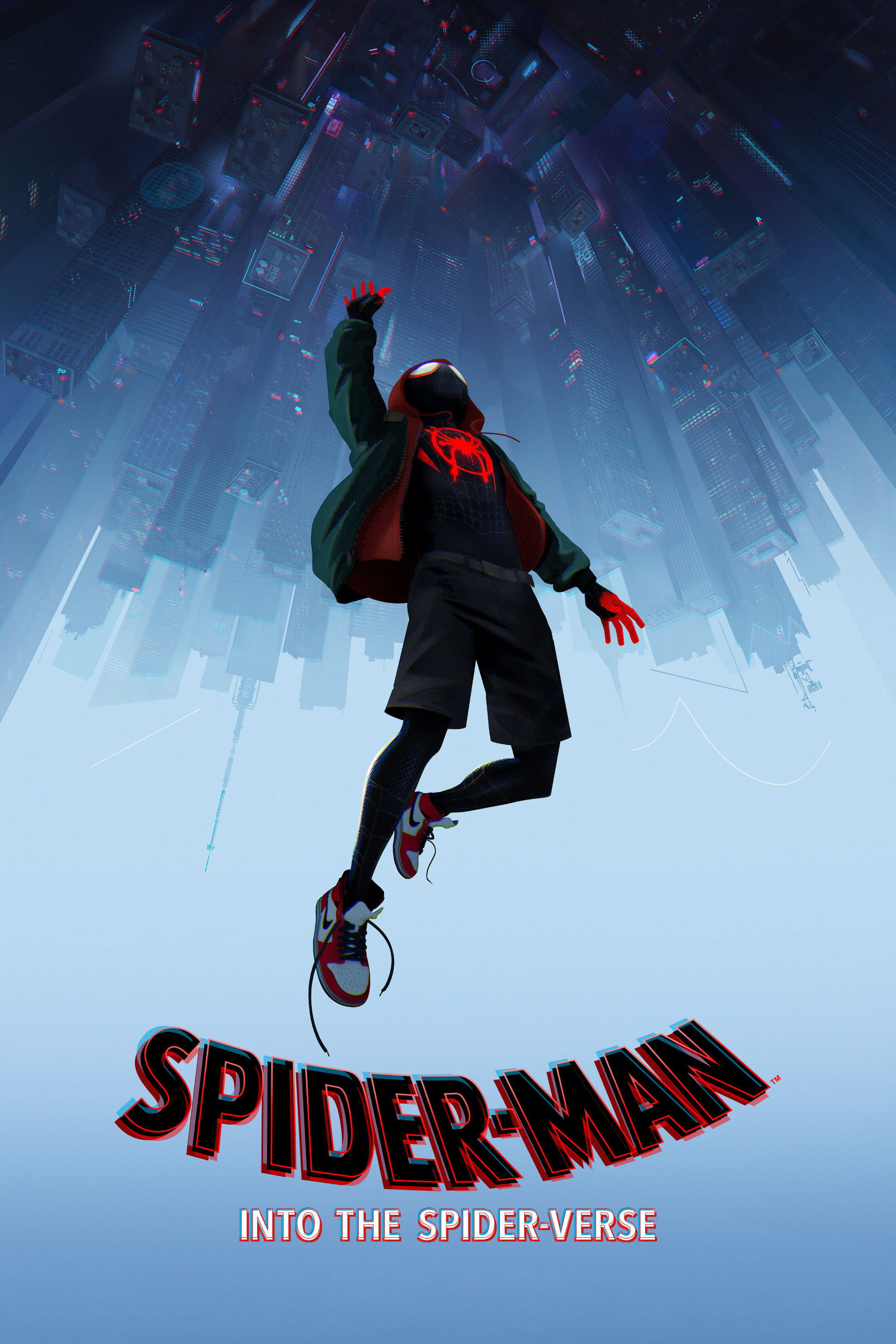
The music in the soundtrack mirrors Miles Morales’s journey from a hesitant teen to a self-assured hero. His central theme begins as a quiet, uncertain melody, often cut off or lost in the background. But when he truly embraces his potential, the song ‘What’s Up Danger’ bursts onto the scene with full force. The blend of hip-hop and traditional orchestral music highlights his distinct place in the larger multiverse, and the score grows more complex and confident as Miles masters his abilities.
‘Us’ (2019)
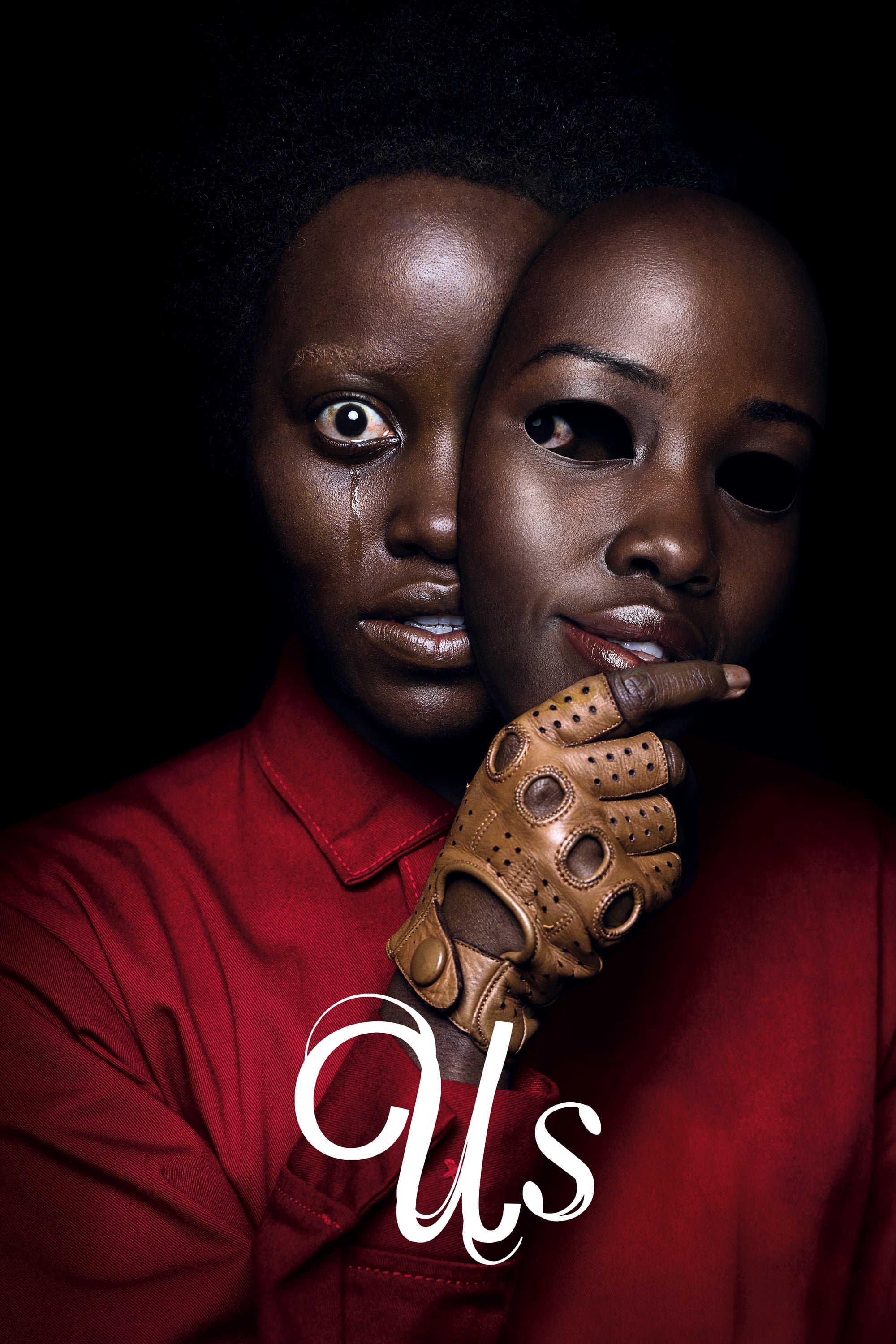
Michael Abels transformed the popular hip-hop song ‘I Got 5 On It’ into a chilling orchestral piece called ‘Pas de Deux’. At first, the song plays as a cheerful tune during a car ride, creating a feeling of everyday life. But as the horror story develops, the melody becomes slower and more fractured, played with unsettling strings to reflect the disturbing nature of the characters’ doubles. The recognizable tune becomes even more frightening because it’s twisted and distorted, mirroring the breakdown of the family at the heart of the story.
‘Moonlight’ (2016)
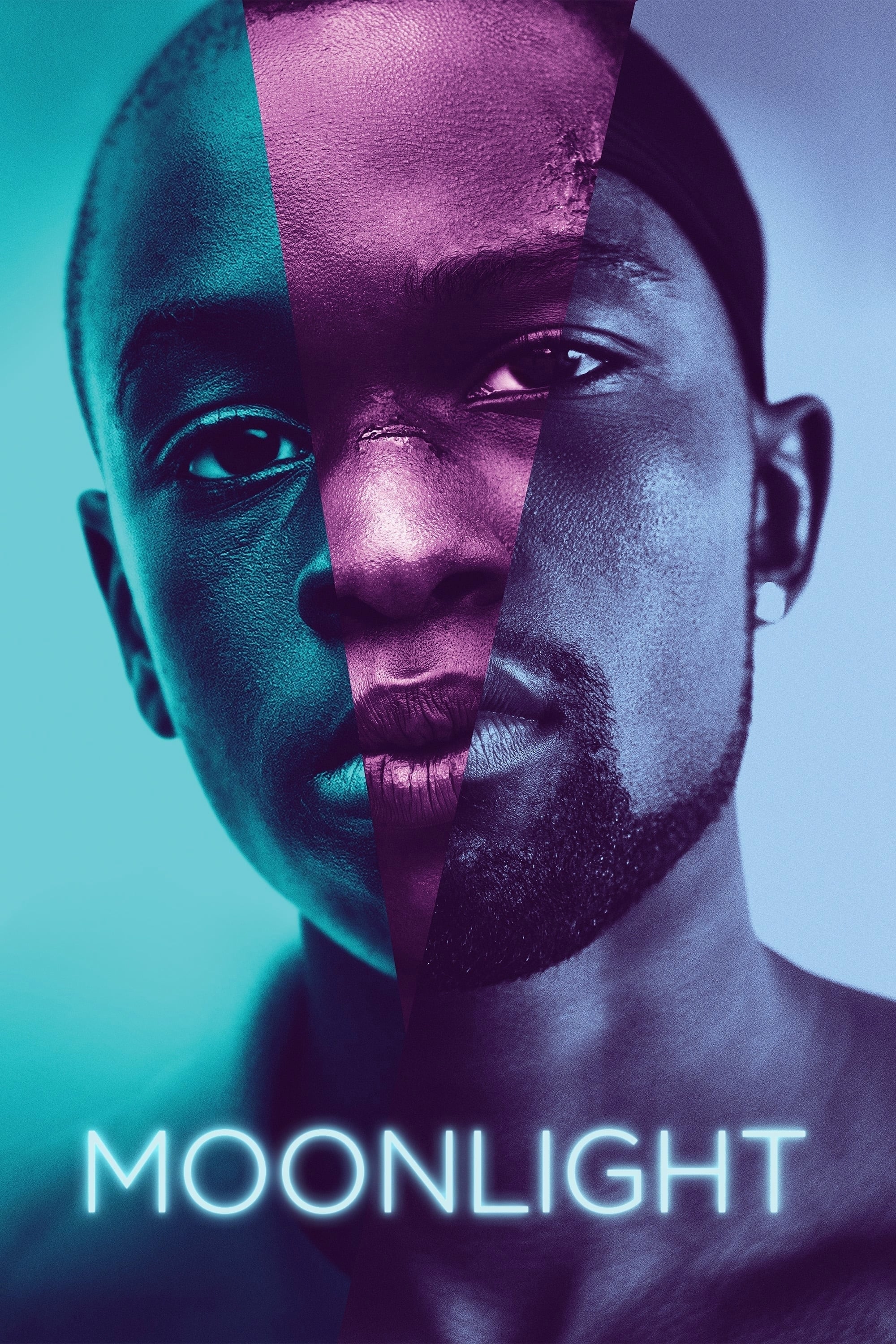
Composer Nicholas Britell created the film’s score by creatively manipulating his original orchestral music using a technique called ‘chopped and screwed.’ The music starts with a gentle piano tune, symbolizing the main character’s childhood innocence and fragility. As the character matures and builds a tough exterior, the music is deliberately slowed down and lowered in pitch, creating a darker sound. This change mirrors the character’s effort to hide his true feelings behind a hardened facade. However, the original melody remains present, subtly suggesting that his core self hasn’t truly changed.
‘The Shining’ (1980)
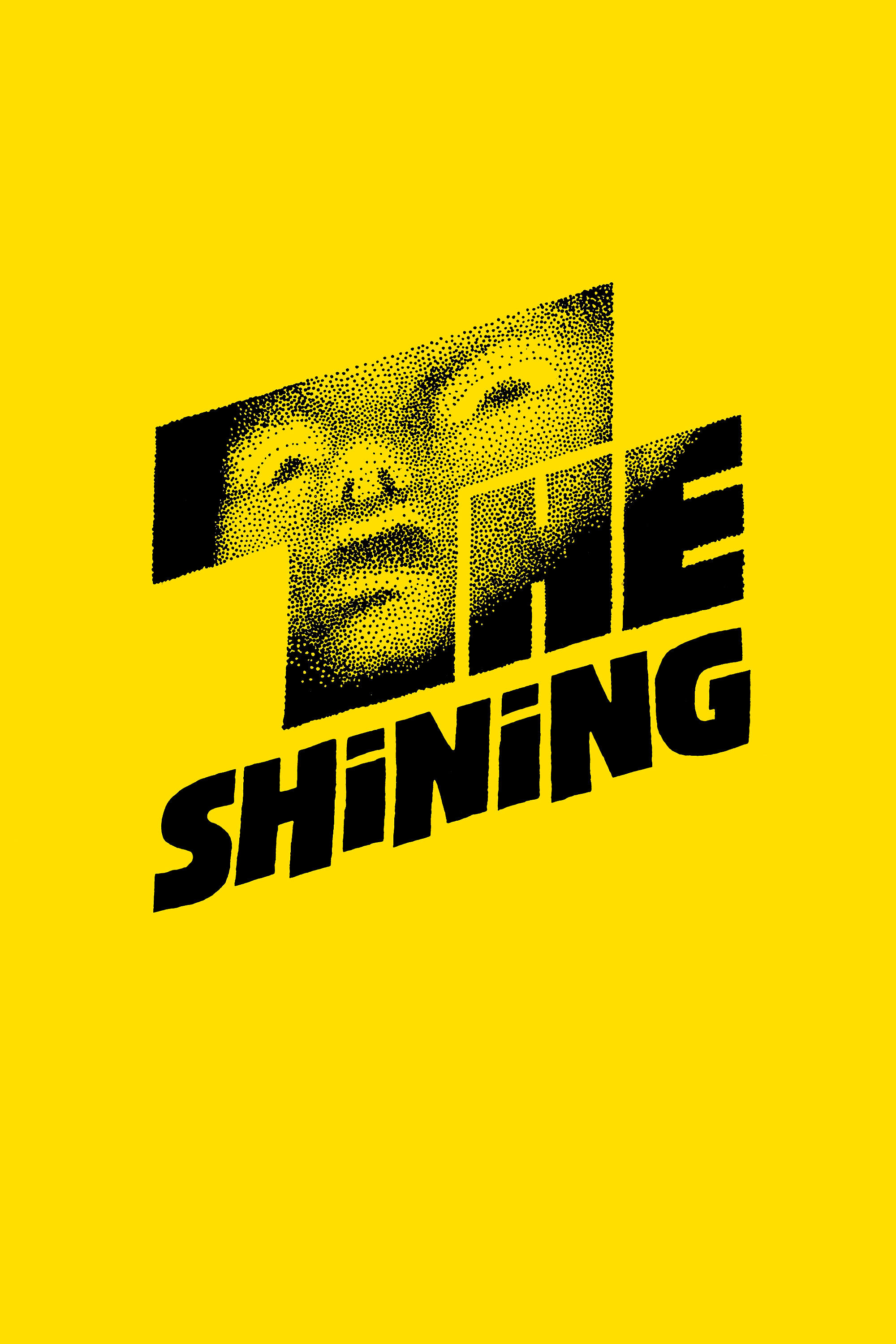
The film’s music uses unsettling, modern classical pieces to reflect the breakdown of the Torrance family’s mental state. Composers like Krzysztof Penderecki and György Ligeti employ harsh, clashing sounds that build tension and a feeling of unease. The music frequently swells with intensity even when nothing appears to be happening on screen, hinting at hidden dangers. As the father’s sanity deteriorates, the score becomes more frantic and disconnected from what’s actually happening, ultimately acting as a soundscape for the hotel’s sinister force.
‘Black Panther’ (2018)
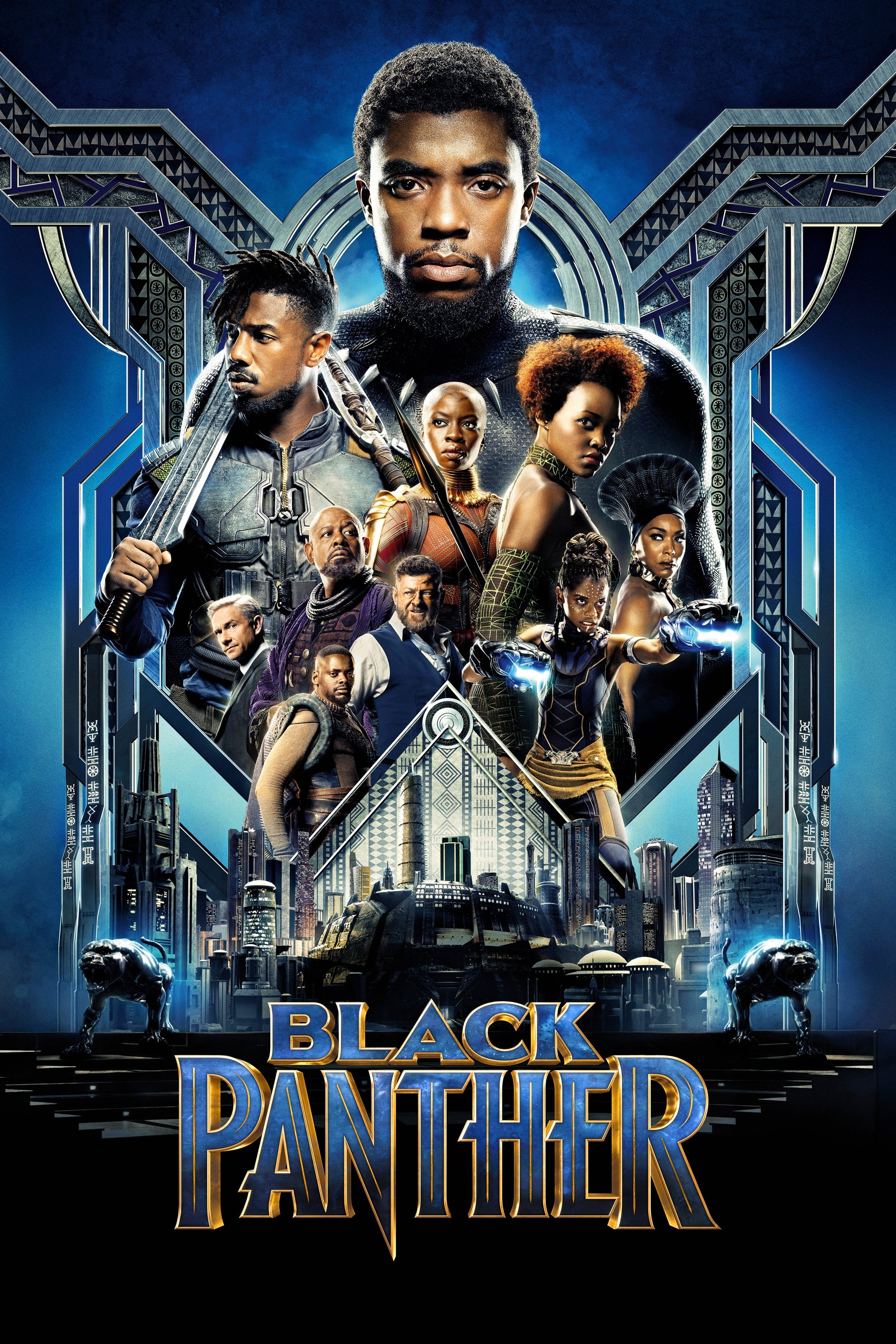
Ludwig Göransson’s score for Wakanda masterfully blended the sounds of traditional African talking drums with contemporary trap music, reflecting the nation’s complex identity. The music acts as a recurring theme, evolving to represent whoever is vying for the throne. When the villain, Killmonger, appears, the music leans more towards American hip-hop, creating a sense of conflict. Ultimately, the score resolves this tension in the final scene by combining both musical styles, symbolizing a unified Wakanda. The soundtrack skillfully connects the country’s rich history with its modern present.
‘Suspiria’ (1977)

Goblin’s music for the film is intensely unsettling, almost like a physical attack on your senses. It uses loud, driving tribal drums and eerie whispers to create a terrifying atmosphere. As the story unfolds and the main character encounters a group of witches, the music becomes increasingly prominent, even overpowering the characters’ voices. It’s not just background music; it’s an active force in building the horror, reflecting the overwhelming power of the supernatural events happening on screen.
‘Tenet’ (2020)

Ludwig Göransson’s score for the film is cleverly designed to reflect its time-bending plot. The music can be played forward or backward, mirroring how time works in the story. It features unsettling sounds like heavy breathing and industrial noises that change depending on the direction they’re heard. During key moments where time is reversed, the score layers forward and backward versions of the music together, creating a confusing and immersive soundscape. This helps viewers grasp the film’s complex concept of temporal inversion, making the audio experience as symmetrical and reversible as the visuals.
‘Hereditary’ (2018)

Colin Stetson’s use of the bass saxophone creates a deep, resonating sound that runs throughout the film. This sound subtly builds a sense of dread, mirroring the family’s inescapable curse. Rather than using typical musical themes, the score relies on unsettling sounds – like heavy breathing or scratching – to create atmosphere. As the supernatural forces grow stronger, this sound becomes more intense and oppressive, reflecting the characters’ increasing helplessness.
‘Under the Skin’ (2013)

Mica Levi’s music for the film deliberately sounds unsettling and threatening, reflecting how the main character sees the world. The score uses shaky strings and unpredictable rhythms to create a feeling of something deeply unnatural. As the character starts to understand human emotions, the music becomes a little gentler. But when her alien side is revealed, the music returns to being frightening and empty. Overall, the soundtrack makes the audience feel the character’s cold and distant perspective.
Share which of these evolving film scores made the biggest impression on you in the comments.
Read More
- DOGE PREDICTION. DOGE cryptocurrency
- TON PREDICTION. TON cryptocurrency
- EQT Earnings: Strong Production
- The Dividend Maze: VYM and HDV in a Labyrinth of Yield and Diversification
- Leveraged ETFs: A Dance of Risk and Reward Between TQQQ and SSO
- Calvin Harris Announces India Debut With 2 Shows Across Mumbai and Bangalore in November: How to Attend
- GLD vs. SLV: Which ETF Wins for Retail Investors?
- The Relentless Ascent of Broadcom Stock: Why It’s Not Too Late to Jump In
- Palantir Stock Soared 100% in 2025 to Hit a Record High in July. History Says This Will Happen Next.
- Gold Rate Forecast
2025-11-27 21:51